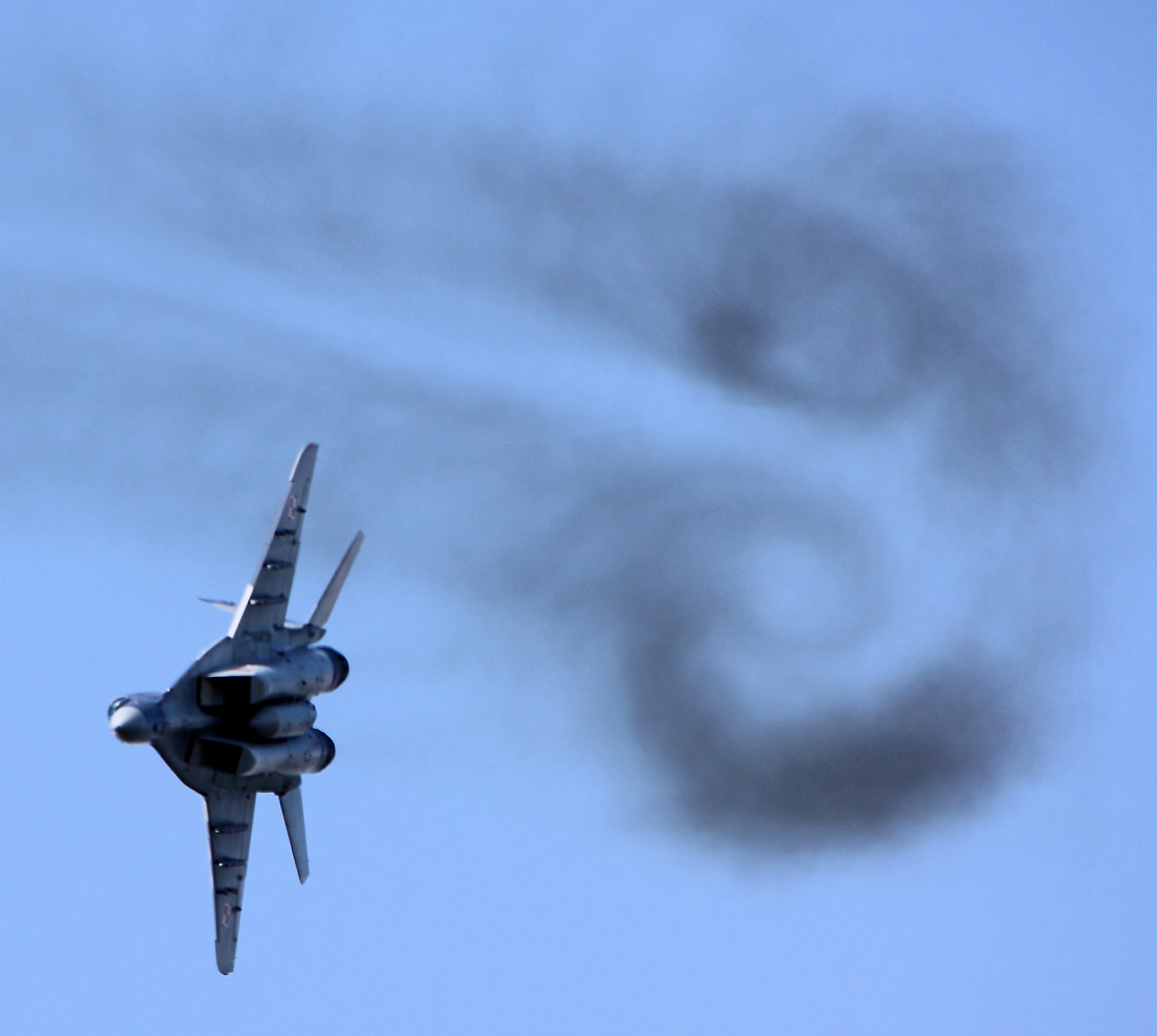With the rise of near peer and peer competitors, Western air forces won’t be able to conduct air campaigns in uncontested airspaces anymore in the event of a conventional war. Indeed, rising powers are massively investing in the development of ground-based air defenses enabling the application of an aerial access/area denial (A2/AD) strategy where the airspace is made off-limits to an enemy air force. Therefore, for an attacking force, the Suppression of Enemy Air Defenses (SEAD) is once again a prerequisite so that follow-on air strikes don’t suffer unacceptable losses. SEAD consists of the destruction or temporary neutralization of an enemy air defense system by physical and/or electronic means. As such, unlike past SEAD operations that only involved non-stealthy 4th generation aircraft, the future of SEAD missions will be a combination of 5th gen aircraft such as the F-35 Lightning II and legacy platforms that will complement each other.
For that mission, thanks to its stealth, its unmatched ability to fuse all the data collected from its multiple high-tech sensors into actionable intelligence that can be transmitted to other F-35s and 4th gen fighters, thus providing the air component with a common picture, the F-35 will act as a survivable Intelligence, Surveillance, Target acquisition and Reconnaissance (ISTAR) platform. Indeed, the F-35 will be flying behind enemy lines to identify and locate engagement radars and associated SAMs in order to provide terminal guidance for missiles fired from legacy fighters operating at a safe distance from the aerial A2/AD envelope.
It’s necessary to remind readers that targeting radars (or engagement radars) are designed to guide missiles towards incoming aircraft by using high-frequency bands. Indeed, due to their narrower beams, high-frequency bands generate better radar resolution. This translates into increased accuracy in pinpointing a target’s location, therefore resulting in a quality weapons lock. As such, 4th gen platforms are easily detectable and locked on to at great distances as a result of their non-stealthy design that reflects the high-band radar waves aimed and emitted by those targeting radars. However, this isn’t the case for 5th gen aircraft such as the F-35 whose stealthy design does not reflect high radio frequencies emitted by a ground-based targeting radar. Stealth isn’t invisibility though, and delayed detection means that an F-35 can be detected and locked on by high frequency fire-control radars if it flies too close to an engagement radar. That being said, since the Lightning II has an onboard active electronically scanned array (AESA) radar that enables it to detect targets at greater ranges and more accurately than traditional radars with dishes, the F-35 doesn’t need to fly at close distance from enemy air defenses to collect intel. Moreover, since there’s no need to fly close to perform the ISTAR mission, the F-35 avoids point-defense infrared-guided anti-air assets that are impervious to stealth and are instead looking for heat signatures. Indeed, despite some improvements, infrared sensors are inherently limited in their detection range compared to radars.
As such, whereas legacy aircraft depend on the F-35 for its stealth to provide terminal guidance for missiles, the Lightning II relies on the 4th gen planes for their superior payload. Because of its stealthy design, the F-35 can only carry weapons internally which makes for a limited payload unlike non-stealthy legacy fighters that can act as stand-off arsenal planes.
Nonetheless, stealth fighters might become perishable assets like their legacy counterparts in an aerial A2/AD environment. Indeed, it’s necessary to understand that stealth fighters are detectable by low frequency radars (or acquisition radars) – designed for surveillance and early warning – that can cue high-frequency engagement radars towards the F-35’s location. That said, low-frequency surveillance radars are characterized by broader beams scouting a larger area, but with lower radar resolution than high frequency targeting radars. Thus, they only give a very approximate location of where an incoming aircraft is for ground based engagement radars whose narrower beams aren’t effective in searching a vast area. But, from their giving a very general idea, low-frequency radars can now provide high-frequency targeting radars an approximate sense of where an enemy stealth fighter is. Indeed, unlike the previous generation of acquisition radars with mechanically rotating dishes, new ground-based low-frequency AESA acquisition radars can detect 5th gen aircraft at greater ranges and more importantly, they can provide greater accuracy in cueing high-frequency engagement radars towards a stealth platform.
Thus, before performing the ISTAR mission, the F-35 needs to destroy those low-frequency AESA radars in order to prevent cueing of fire control high-frequency radars. For such a task, the F-35 will be reliant on electronic warfare (EW) platforms that are the antithesis of stealthy aircraft with numerous apertures including Radar Warning Receivers (RWR) that pick up radio emissions as well as podded jammers under the wings. The EW aircraft will jam the acquisition radars from a safe distance so that they won’t be able to detect and cue fire-control radars thus permitting the F-35s to safely sneak into enemy airspace and destroy the early-warning radars. Once the surveillance radars are destroyed, the threat of engagement radars vis-à-vis stealthy F-35s is significantly reduced therefore enabling the 5th gen planes to safely conduct the ISTAR mission for the 4th gen heavily-armed fighters.
In conclusion, the success of future SEAD missions will depend on the use of a mixed fighter fleet composed of 4th and 5th gen platforms that can compensate for each other’s weaknesses.




